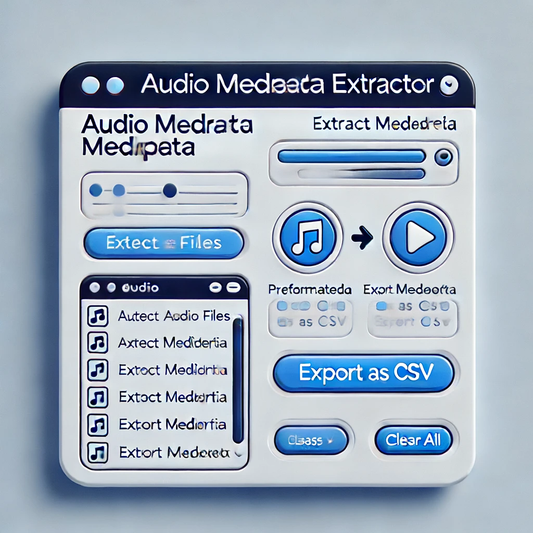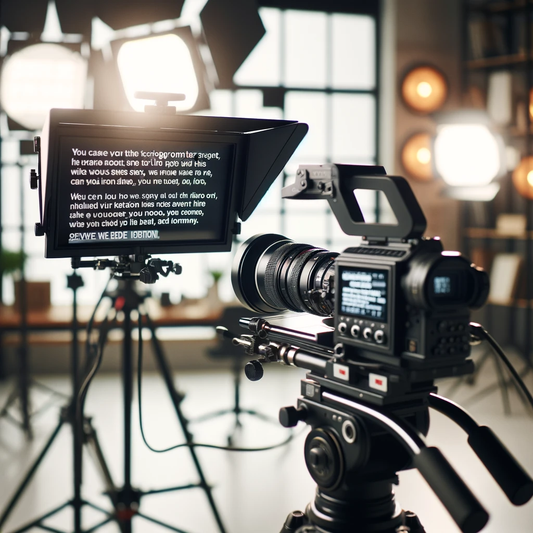Regen:
When the external signal is reconnected, the camera uses the value of the external signal again.
Regen mode will disable manual editing of the timecode.
Preset: The camera uses its internal counter.
Jam Sync:

Audio Metadata Extractor Audio Metadata Extractor Extract Metadata Format Metadata Export as CSV Clear All Welcome to our comprehensive guide on the Audio Metadata Extractor app. This tool is...
Audio Metadata Extractor Audio Metadata Extractor Extract Metadata Format Metadata Export as CSV Clear All Welcome to our comprehensive guide on the Audio Metadata Extractor app. This tool is...

Teleprompter App Load Script Clear All Fullscreen Start Stop Flip Text Speed: 25% Start Position: Text Size: 24px ◆ ◆
Teleprompter App Load Script Clear All Fullscreen Start Stop Flip Text Speed: 25% Start Position: Text Size: 24px ◆ ◆

Enhanced Audio Recorder and Editor Enhanced Audio Recorder and Editor Record Stop 00:00 Trim Select Filter Low Shelf High Shelf Peaking Notch Apply Filter Export
Enhanced Audio Recorder and Editor Enhanced Audio Recorder and Editor Record Stop 00:00 Trim Select Filter Low Shelf High Shelf Peaking Notch Apply Filter Export

Audio Metadata Extractor Audio Metadata Extractor Extract Metadata Format Metadata Export as CSV Clear All
Audio Metadata Extractor Audio Metadata Extractor Extract Metadata Format Metadata Export as CSV Clear All

1 comment
Thanks for the great information